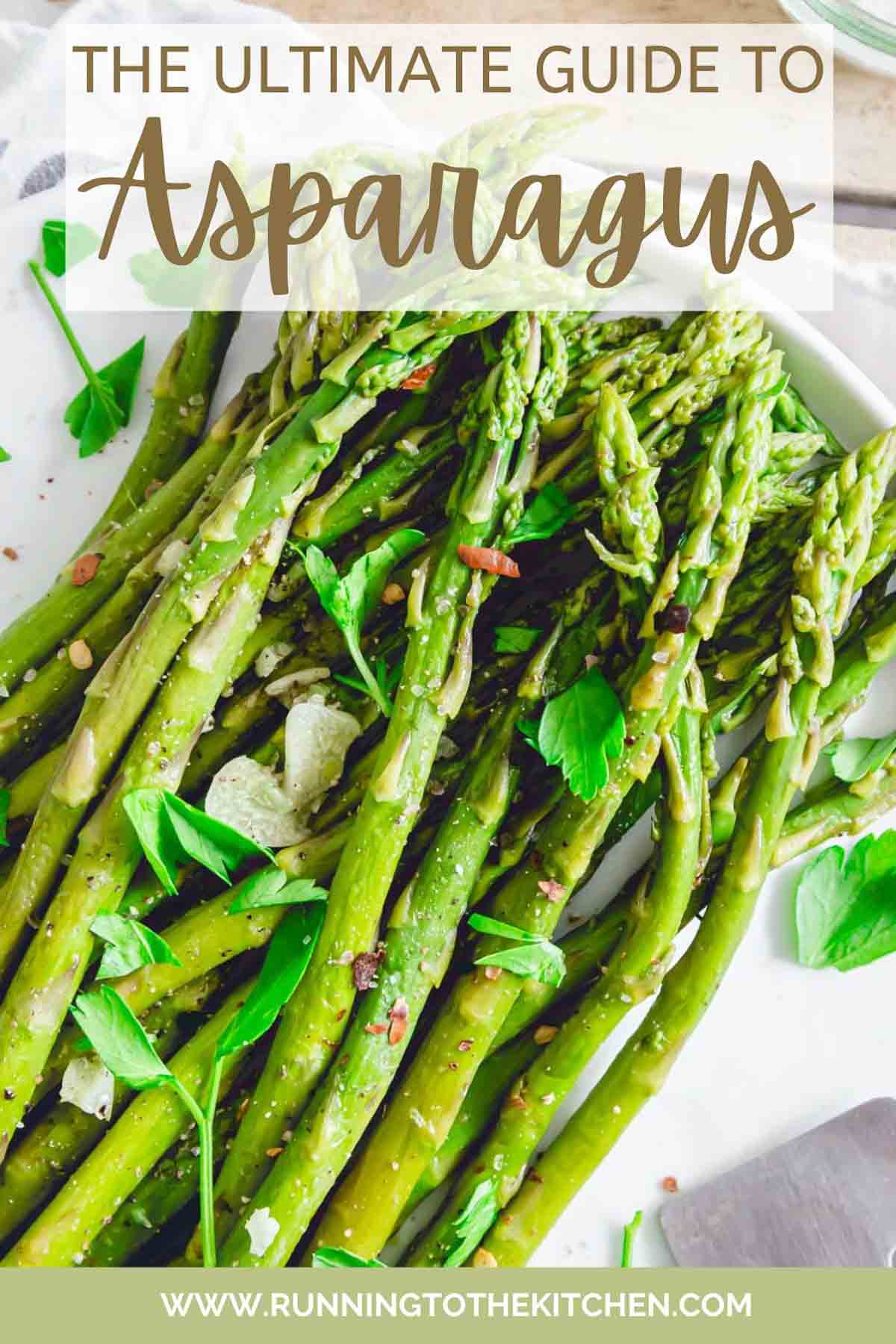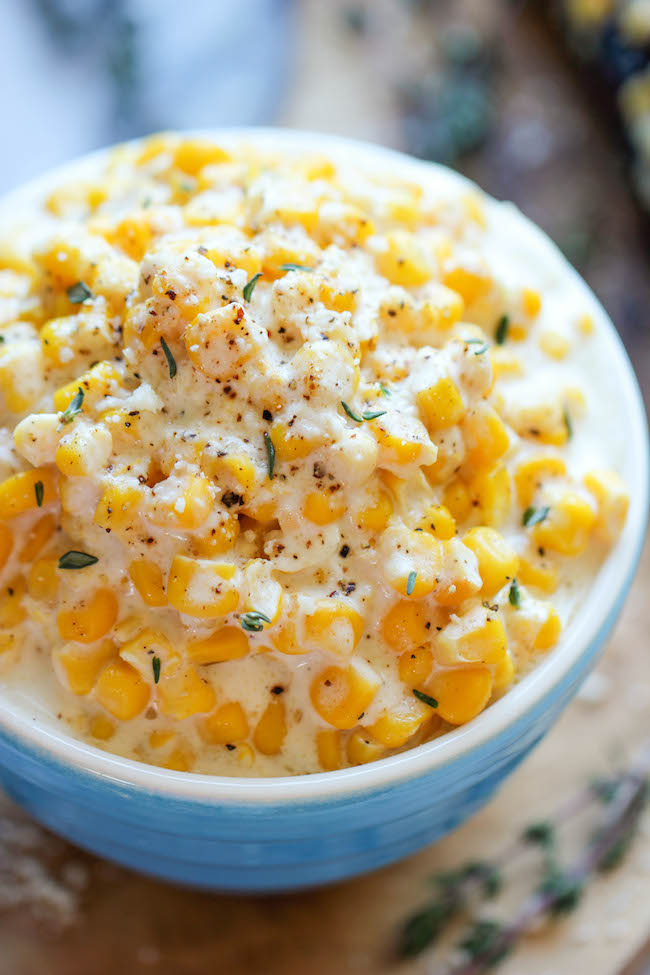Gluten Free Pizza Crust or Flatbread: The Ultimate Guide to Ingredients, Benefits, and Recipes
You’ll find various commercial gluten-free pizza crust brands with distinct taste and texture profiles. Popular choices like Bob’s Red Mill and Caulipower offer unique experiences. Bob’s Red Mill crusts have a hearty, grainy flavor thanks to whole grains and seeds. In contrast, Caulipower provides a more neutral taste with a slightly crispy texture due to cauliflower. Each brand has its own nutritional profile, so reading ingredient lists is crucial for informed choices.
Home-Made Gluten-Free Pizza Crust Recipes
Home-made gluten-free pizza crusts offer fresh, customizable options. Using almond flour creates a nutty flavor with a dense texture, while rice flour yields a lighter, chewier result. Adding psyllium husk or xanthan gum can improve elasticity and mimic traditional pizza dough. Experimenting with different flour combinations and ingredients helps you find the perfect recipe for your taste buds.
Health Benefits of Choosing Gluten-Free Options
Nutritional Comparison With Traditional Pizza Crusts
Gluten-free pizza crusts often offer nutritional differences compared to traditional crusts. These alternatives frequently use ingredients like almond flour, rice flour, or cauliflower. Almond flour provides higher protein and fiber content than wheat flour. Rice flour offers essential minerals like magnesium and manganese but can be lower in fiber.
| Ingredient | Protein (per 100g) | Fiber (per 100g) | Key Nutrients |
|---|---|---|---|
| Almond Flour | 21g | 10.6g | Vitamin E, Magnesium |
| Rice Flour | 5.9g | 2.4g | Magnesium, Manganese |
| Cauliflower Crust | 2g | 2g | Vitamin C, Fiber |
| Wheat Flour | 13.2g | 2.4g | Iron, B Vitamins |
Gluten-free options may contain fewer carbohydrates, aiding in better weight management. Cauliflower crusts, for instance, are low in calories and carbs, making them suitable for low-carb diets.
Potential Benefits for Gluten Intolerance and Celiac Disease
For those with gluten intolerance, consuming gluten can trigger digestive issues like bloating, diarrhea, and stomach pain. Switching to gluten-free pizza crusts alleviates these symptoms, promoting digestive comfort.
Celiac disease, an autoimmune disorder, requires strict gluten avoidance. Gluten-free crusts prevent adverse reactions like gut inflammation and nutrient malabsorption. Using gluten-free options, individuals with celiac disease can enjoy pizza without health risks.
Choosing gluten-free pizza crusts supports better gut health for those sensitive to gluten. It minimizes potential inflammatory responses, contributing to overall well-being.
Key Ingredients in Gluten-Free Pizza Crusts
Common Flour Substitutes
Gluten-free pizza crusts use various flour substitutes to replicate the texture of traditional wheat flour. Almond flour, rice flour, and coconut flour are popular alternatives. Almond flour is rich in protein and healthy fats, offering a nutty flavor. Rice flour, including brown and white varieties, is mild and versatile, used for its neutral taste. Coconut flour is high in fiber and lends a subtle coconut flavor. These flours ensure the crust remains gluten-free while providing nutritional benefits.
Binding Agents and Flavor Enhancers
To achieve the desired texture and taste, gluten-free pizza crusts rely on binding agents and flavor enhancers. Xanthan gum and psyllium husk are common binding agents, providing elasticity and structure. Xanthan gum holds the dough together, while psyllium husk helps retain moisture and adds fiber. Flavor enhancers like olive oil and honey contribute to the crust’s taste. Olive oil adds richness, and honey imparts a slight sweetness. These ingredients work together to ensure a palatable and stable crust.
Cooking Tips for the Perfect Gluten-Free Pizza or Flatbread
Baking Techniques and Temperature Control
Achieving the ideal gluten-free pizza or flatbread depends largely on your baking techniques and temperature control. Preheat your oven to 450°F (232°C) to ensure an evenly cooked crust. Use a pizza stone for optimal heat distribution. If you don’t have one, a preheated baking sheet can substitute. Bake your crust for 10-12 minutes before adding toppings to avoid sogginess.
Rotate your crust halfway through baking if your oven heats unevenly. Monitor the edges to achieve a golden-brown hue. Remove the crust once it reaches your desired crispness, which typically takes 12-15 minutes.
Best Practices for Toppings and Sauces
Selecting toppings and sauces wisely ensures your gluten-free pizza or flatbread is flavorful and balanced. For sauce, opt for tomato-based, pesto, or white sauce, ensuring they’re gluten-free by checking labels. Spread a thin layer to prevent the crust from becoming too heavy or soggy.
Choose fresh vegetables like bell peppers, onions, and arugula. These cook quickly and won’t overly hydrate the crust. For protein, consider gluten-free options such as grilled chicken or crumbled bacon. Evenly distribute toppings to avoid weight concentration in one area.
Use cheese sparingly, as it adds both flavor and moisture. Opt for cheeses like mozzarella or parmesan that melt well. Finish with a drizzle of olive oil and a sprinkle of herbs like basil or oregano for added aroma and taste.
Conclusion
Choosing gluten-free pizza crusts or flatbreads opens up a world of delicious possibilities without compromising on taste or nutrition. Whether you’re dealing with gluten intolerance or simply looking to make healthier choices, gluten-free options offer a versatile and satisfying alternative. By experimenting with different flours and ingredients, you can create a crust that suits your dietary needs and flavor preferences. Remember to pay attention to key ingredients and cooking techniques to achieve the best results. Embrace the journey of making gluten-free pizza and flatbread, and enjoy the benefits it brings to your health and culinary experience.






